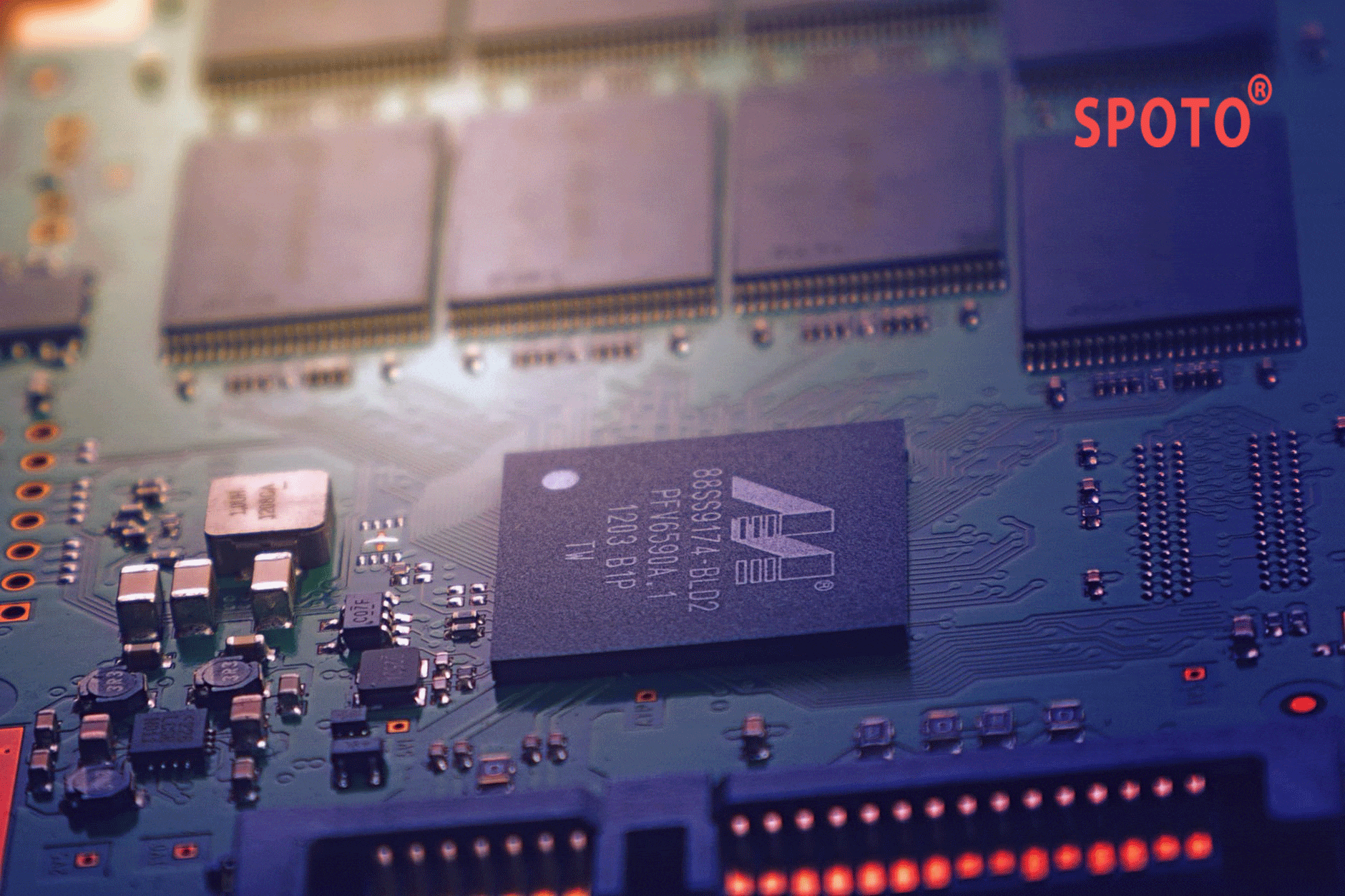SPOTO is committed to providing with all kinds of IT certification study materials and best Service, with Professional and Outstanding Teams to help members fast Obtain IT certifications involving Cisco, CISSP, Huawei, AWS, study materials, practice tests and online training courses with thousands of candidates.
For network engineers, the most basic workability in normal work is to ensure that the network is smooth and error-free. But in fact, the network may be faulty at any time, affecting normal work, resulting in network engineers always have to carry a lot of black pot; so the rapid resolution of network failure has become the standard for network workers' ability to test.

Summary of network fault classification
Physical layer failure
Data link layer failure
Network layer failure
Ethernet failure
Wide area network failure
TCP/IP failure
Server failure
Other business failures, etc.
So what is the cause of the network failure? According to the statistics of relevant data, the specific distribution of network failures is:
Application layer accounts for 3%;
The presentation layer accounts for 7%;
The session layer accounts for 8%;
The transport layer accounts for 10%;
The network layer accounts for 12%;
The data link layer accounts for 25%;
The physical layer accounts for 35%.
There are several reasons for network failure:
(1) Logic failure
The most common cases of logical failures are two types: one is a configuration error, which is a network abnormality or failure caused by a misconfiguration of the network device. The configuration error may be that the router port parameter setting is incorrect, or the router's routing configuration is incorrect so that the routing loop cannot find the remote address, or the routing mask is set incorrectly. The other type is that some important processes or ports are closed, mainly because the system load is too high and the router load is too high.
(2) Configuration failure
Configuration errors are also one of the important causes of failures. The configuration fault is mainly manifested in the inability to implement various services provided by the network, such as not being able to access the Internet, accessing a certain proxy server, and the like. Configuration failures typically occur in the following situations:
The network link test is normal and cannot be connected to the network;
Can only communicate with certain computers, not with all computers;
The computer can only access the server on the internal network, but cannot access the Internet. This may be caused by a router configuration error or a switch configuration error.
The computer cannot log in to the domain controller;
The computer cannot access any other device.
(3) Network failure
The causes of network failures are multifaceted and generally divided into physical faults and logical faults. Physical failures, also known as hardware failures, include failures in modules, lines, cables, ports, ports, network cards, bridges, hubs, switches, or routers.
(4) Protocol failure
Communication between computers and network devices is achieved by protocols, which play a very important role in the network. Protocol failures usually manifest in the following situations:
The computer cannot log in to the server
The computer does not see itself in the network neighborhood, nor can it see other computers or find other computers;
The computer can see itself and other computers in the network neighborhood, but can't browse the web and send and receive emails in the local area network;
The computer cannot access the Internet through the LAN;
Duplicate with the names of other computers on the network or the same IP addresses used by other computers.
(5) DDOS attack
(6) Network administrator error
Network administrator errors account for more than 5% of the entire network failure, mainly at the network layer and the transport layer, because the installation does not fully comply with the operating guidelines, or the network administrator does not pay enough attention to a process.
(7) Mass storage problem
The main cause of data processing failures is hard disk problems. According to reports, more than 26% of system failures are attributed to media failures in mass storage.
(8) Computer hardware failure
Approximately 25% of failures are caused by computer hardware such as monitors, keyboards, mice, CPUs, RAM, hard drives, network cards, switches, and routers.
(9) Software problems
Software-induced failures are not uncommon, as:
The software is defective, causing system failure;
A network operating system defect causes the system to fail.
(10) Errors occurred by the user
The user did not follow the permissions granted by the network. E.g:
Access to systems and services;
Invade other systems;
Operating data of other users;
Shared account
Illegal copying.
If there is a network failure, then there is network management.
Network fault management generally includes 5 items:
Monitor the network and predict the failure in advance;
After the fault occurs, find the location where the fault occurred;
Solve the fault;
Record the cause of the failure and find a solution;

 Join Telegram Study Group ▷
Join Telegram Study Group ▷














